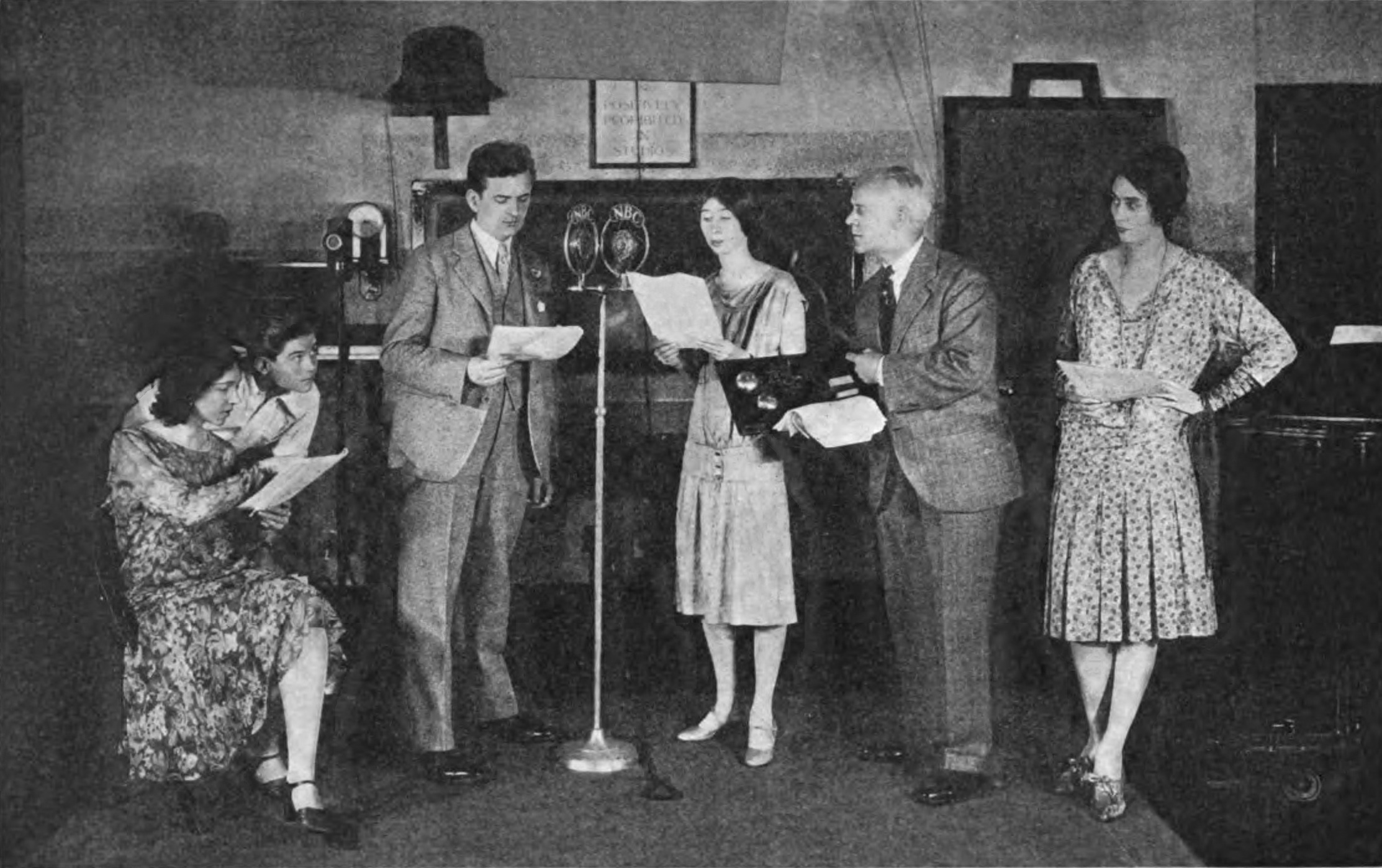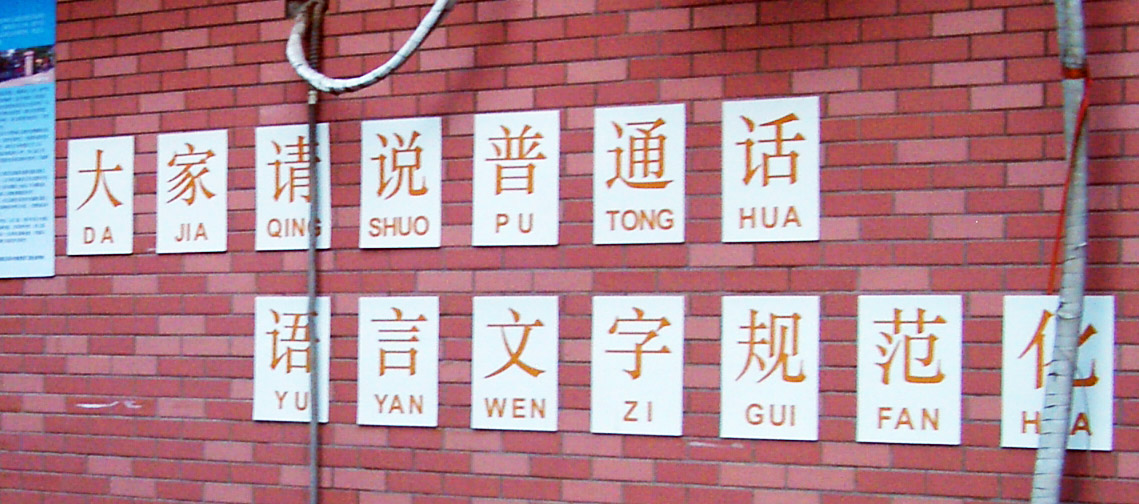A language is defined in many different ways. Some have defined it to be
a string or combination of vocal sounds by which communication occurs.
Others have called it to be an expression of ideas that combines the
contents and sounds. In both the definitions, Expression and
communication are common, but in the first definition the association of
sound is considered an essential component. Contrary to it, deaf and
dumb are able to communicate and express themselves. A language as
an expression has either vocal or a graphical representation.
Within a community a language is the basis of expression and
perception of information. It is the working system of communication
matured over a period of time. In Gujarat, India, it is said that at every 30-km distance there is a noticeable variation in phonemes. This is due to
effect of the local flora, fauna, terrain features, visitations by outsiders, and
in recent times due to the media. Communities have unique spatial
conditions such as the seashore, riverside, flat desert or a valley,
providing different contexts for sound reverberation (response) system.
Outsiders like street hawkers, and administrative officers, strongly impact
the local speech style. People over a period modulate their sound
delivery accordingly. Such impressions are stronger in close-knit societies.
Immigrants pick up accents of the adopted place.
The media, telephones, radio, television, and stage performers have very strong influence, overriding all territorial peculiarities. Their styles have an acceptance due to sleek presentation and frequent exposure. Non-local teachers do the same. The delivery technology used by the media affects the ‘sound’ quality, one tries to emulate. Telephones transmit sound within a narrow range of frequency to economize on band widths. Public speakers exploit the microphone-speaker system to deliver very faint sounds with sufficient loudness. Television broadcasts from extra ordinary large volume studio spaces rarely reflect the spatial character. Films and TV serials shot outdoors, on sets or in real built spaces never differentiate between the space volume, surroundings’ surfaces, or the background noises. People perceive the effectiveness (clarity, improvisations, improvisations, etc.) of the delivered product as the ideal manner, and replay the effects, but minus the production shortcomings or gimmicks.
The media, telephones, radio, television, and stage performers have very strong influence, overriding all territorial peculiarities. Their styles have an acceptance due to sleek presentation and frequent exposure. Non-local teachers do the same. The delivery technology used by the media affects the ‘sound’ quality, one tries to emulate. Telephones transmit sound within a narrow range of frequency to economize on band widths. Public speakers exploit the microphone-speaker system to deliver very faint sounds with sufficient loudness. Television broadcasts from extra ordinary large volume studio spaces rarely reflect the spatial character. Films and TV serials shot outdoors, on sets or in real built spaces never differentiate between the space volume, surroundings’ surfaces, or the background noises. People perceive the effectiveness (clarity, improvisations, improvisations, etc.) of the delivered product as the ideal manner, and replay the effects, but minus the production shortcomings or gimmicks.
 |
| Doctored Sounds of Media |
Across communities, different meanings are assigned to different
sounds and written scripts, and often words and groups of words have
different meaning. Expression in one language is difficult to transport
truthfully into another language, phonetically or literally.
 |
| A school slogan asking elementary students to speak Putonghua is annotated with pinyin, but without tonal marks. |
Large number of words in a language have no phonetic bearing, because
our experiences are not directly related to sounds. The sound is believed
to be the basis of human language.
In ancient times preparing a manuscript was a hardy task. The Expert who
dictated was rarely capable of writing or scripting it graphically
(calligraphy). Copies of the manuscripts were made by other people,
often in different time and space. The original document reasonably
matched the phonetic impressions, which was diffused in copies of the
copies. Every copy maker had own calligraphic style and smartness of
editing, and produced a slightly modified version. In India, several
manuscripts of the same composition are found at different places,
collating them into a master-authentic version is nearly impossible.
Popular old songs have varied forms of lyrics, because every singer
improvises the phonemes.
In India Veda and other ancient literature were originally Shrut Gyan,
knowledge propagated by listening and remembering. As a result all
compositions were recite-able, set in metres. Sections of Shloka or
stanza were phonetically of same duration in time. However, when
these came to be written down, the temporal (time) equalization was
not being reflected in written format. The signs (alphabet) and calligraphy,
together created stanzas of spatially unequal lengths. What was
sensible in speaking or reciting had acute graphical or representational
problems. This was solved by combining several words (called Sandhi).
Now the written and recited stanza had same time-space relationship.
Very often new enlarged and shortened words devised, or shorter
synonymous words were employed. In many languages the scripted and
pronounced words have anomalies.
 |
| Atlantean language is a constructed language created by Marc Okrand for Disney's film Atlantis The Lost Empire. Wikipedia image by DrNegative |
 |
| Vishnu Shahasranam |
The meaning of a sentence comprises in the meanings of the words it
contains and the structural or grammatical meaning carried by the
sentence itself. Sentences containing exactly the same words, carry
different meaning, because the order of placement of words
distinguishes -conventionally called subject : object and meaning.
However, in Sanskrit the object-subject relationship is not dependent
on the sequence of the occurrence.
The formal resources of any language for making distinctions in the
structural meanings of sentences are limited by two things: the linear
(time) dimension of speaking and the limited memory capacity of
the human brain. Writing exactly copies the time stream of speech.
Writing is partially relieved of memory capacities by the permanence
of visual clues. Written texts are almost entirely ‘divorced from oral
pronunciation, sentence length and sentence complexity can be carried
to extremes, as is being observed in some legal and legislative
documents that are virtually unintelligible if read aloud‘.
.







No comments:
Post a Comment